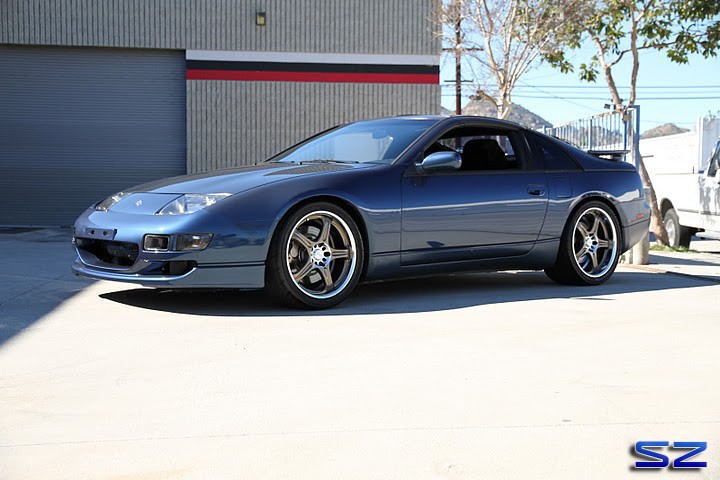The 1996 Nissan 300ZX, while a legendary sports car, presents unique challenges for performance enthusiasts due to its OBD-II system. 1996 marked the introduction of OBD-II in North America and unfortunately, the final year for the 300ZX in this market. This timing placed the ’96 Z in a difficult position compared to its predecessors when it comes to aftermarket modifications and ECU tuning. Unlike earlier models, the 1996 300ZX came with reduced horsepower, less aggressive camshaft profiles for both manual and automatic transmissions, and crucially, no Variable Valve Timing Control (VTC) system. Specifically, the 1996 model features camshafts with 232 duration on the intake and 240 on the exhaust, significantly less aggressive than the 248/248 or 240/248 specs found in 90-95 models. The 1996 300ZX also utilizes a specific OBD-II ECU that is known to be more challenging to tune and prone to triggering diagnostic codes with common performance modifications.
Some owners have considered reverting their 1996 models to pre-1996 specifications, involving changes to wiring, ECU, and camshaft setups. While this might seem like a straightforward solution for some, it poses significant hurdles, particularly in regions with stringent emissions regulations like California. This situation highlights the dilemma faced by 1996 300ZX owners seeking to enhance their vehicle’s performance.
However, enthusiasts like Alex demonstrate that performance upgrades are still achievable, even with the OBD-II constraints of the 1996 300ZX. A long-term customer, Alex, aimed to increase the power of his 1996 Z32 Twin Turbo. His upgrade path included 3″ 4-Bolt Downpipes (on stock turbos), 3″ to 2.5″ Test Pipes, Ash 2.5″ Intercooler Piping (with Specialty Z Outlet Pipes) & Massive Intercoolers, Selin Dual POP intakes, Nismo 740cc Injectors, Z1 Throttle Bodies, a J-Spec bumper, and cooling modifications suitable for track days and autocross.
The aesthetic enhancements included a freshly painted J-Spec bumper along with Powertrix Carbon Fiber Ducts, complementing the performance modifications. The installation of Ash intercooler piping and related components further optimized the intake system.
Dyno testing on 91 octane fuel revealed the tuning challenges inherent in the 1996 OBD-II system. Due to these limitations, an AFC (Air Flow Converter) was used for fuel tuning adjustments.
The dyno results further illustrated the unique behavior of the 1996 300ZX engine when modified. Comparing runs on 91 octane versus 100 octane fuel, the tests revealed that increasing boost and octane beyond a certain point yielded minimal gains and even introduced inefficiencies. Despite a significant increase in boost pressure from 14.7 psi on 91 octane to nearly 19 psi on 100 octane, performance gains were limited primarily to the lower RPM range, tapering off sharply after 5800 RPM.
Interestingly, the engine produced more horsepower and torque at 12 psi boost on 91 octane compared to the higher boost and octane run above 5800 RPM. This indicates that the 1996 engine’s efficiency peaks at a lower boost level, and exceeding this point only adds stress without proportional power increases. To effectively utilize higher octane fuel in a 1996 300ZX, boost levels would likely need to be managed and limited in the higher RPM range.
Looking ahead, further enhancements for this 1996 300ZX are planned, including the installation of pre-1996 camshafts and the integration of Nissan’s VTC system. Crucially, these upgrades are intended to be implemented without requiring an extensive ECU and harness conversion, aiming for a solution that remains California emissions legal. This approach represents an innovative way to address the inherent limitations of the 1996 300ZX OBD-II system and unlock further performance potential.

